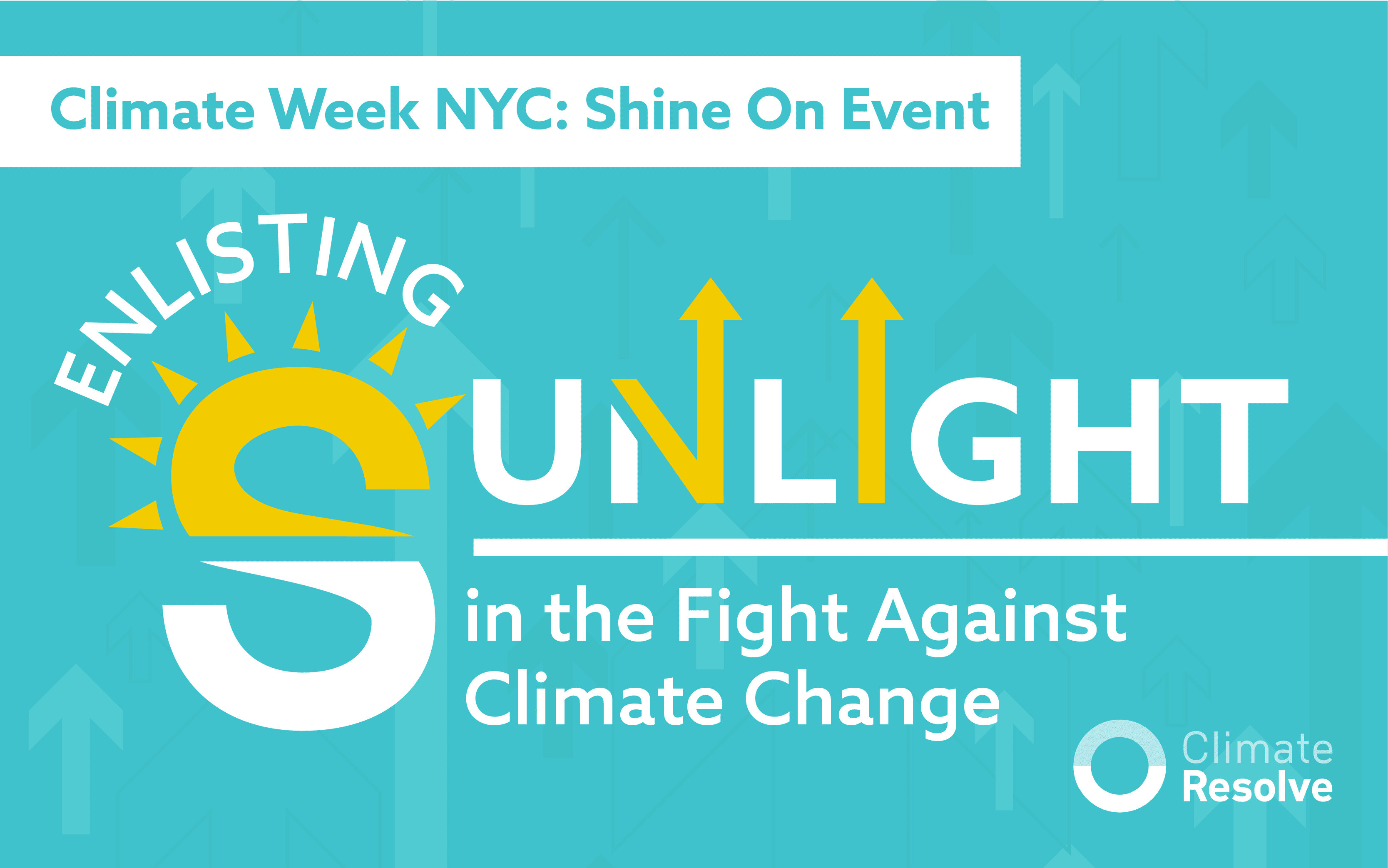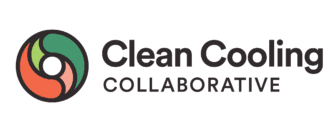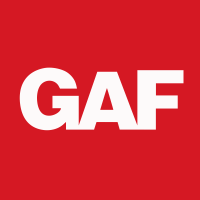Shine On at Climate Week NYC
Enlisting Sunlight in the Fight Against Climate Change
Thank you for attending our Climate Week NYC Event! Below, you will find the full event recording, slides, and Q&A.
15 minute Recap
Full Presentation
Presentation Slides
Questions and Answers from the Panels at Climate Week
Panel 1
Reflective roofs incur a winter heating penalty in mixed climates, but it’s typically smaller than the summer cooling savings because roofs in northern U.S. latitudes get about 3-5X as much daily sun in summer than in winter. This makes annual heating, ventilation, and air conditioning (HVAC) energy savings positive for cool roofs and cool walls in most buildings in U.S. climate zones 1 – 5 (Figure 7, Rosado et al. 2019). Snow on roofs (not considered by Rosado et al. 2019) can substantially decrease the winter heating penalty because all roofs become white when covered with snow (Hosseini et al. 2016). The carbon offset of 7 kg CO2/m² per 0.01 albedo increase is a one-time benefit rather than an annual benefit stream. The Shine On Initiative’s technical working group is evaluating how to best annualize this offset.
High UV reflectance (UVR) can accelerate smog formation. However, the study by Epstein et al. (2017) cited in the Earth.com story mistakenly assumed that cool surface materials have high UV reflectance (UVR). UVR correlates much more with material than with solar reflectance. For example, anything colored with the ubiquitous white pigment titanium dioxide rutile has low UVR. Cementitious coatings, whether light (based on white cement) or dark (based on gray cement), have UVRs (300 – 350 nm) that are on average about 0.20 higher than those of other high-slope roofing products, and can be up to about 0.40 higher. Ultrawhite barium sulfate pigments can dramatically increase UVR (Li et al. 2021) and should not be used in smog-prone regions. The real opportunity to reduce UVR-stimulated formation of ozone by roofing is to avoid the use of cementitious color coatings on concrete roofing tiles (or the use of bare concrete roof tiles, though those are uncommon). Concrete tiles can be finished with polymeric color coatings instead to mitigate this issue. The same approach applies to pavement coatings.
Local cooling is usually gauged by decreases in building envelope temperature, pavement surface temperature, indoor air temperature (in an unconditoned space), building energy use (in a conditioned space), and near-ground outside air temperature (say, at 2 m above ground level). Local cooling of outside air results mostly from reductions in the convection of heat from building envelope surfaces and pavement surfaces, while atmospheric cooling results derive mostly from reductions in the emission of long-wave (thermal infrared) radiation from these surfaces. Please see figure “The Albedo Effect” on p. 11 of Global Cool Cities Alliance (2012).
There are a variety of solar reflectances in pavement products (e.g. concretes with more reflective mortar cement, supplemental cementitious materials (SCMs), and aggregates) that have been used routinely in northern climates. Tokyo has done longitudinal studies of various cool pavement interventions over 10 years, but they do not have the temp variation of NYC. In addition, some cool pavement coating products have been studied in freeze-thaw climates.
The work to improve the efficiency and climate-friendliness of active cooling falls in this category. See Clean Cooling Collaborative. We have decades of studies, models, and field examples of how passive cooling reduces energy demand and thus greenhouse gas impact. In addition, cementitious concretes, some of which can be made quite reflective, as noted in the previous answer, have the benefit of slowly absorbing CO2. However, the CO2 uptake is a slow process occurring over decades, and the conventional production of portland cement is a significant contributor to GHG generation, so care must be taken to consider the use of less carbon-intensive components (for example, IMPACT | Blue Planet Systems).
The materials used in producing many cool surface products are quite similar to those used in conventional surface products, for example, often differing only in the pigments employed or the design. Properly selected and designed, they should have similar risk profiles to those of the materials they replace. As always, however, we recommend consulting the manufacturer’s Safety Data Sheet for product-specific safety information.
Forever chemicals such as per- and polyfluoroalkyl substances (PFAS) would not be expected to enhance the reflective properties of a material. However, PFAS materials are surfactants that can alter surface properties such as soiling, and they can also be used as processing additives. As Safety Data Sheets do not disclose all formulation information (e.g. for components comprising less than 1% of a product’s formulation), you should check with a specific product’s manufacturer to validate that their product does not contain PFAS materials.
Yes, and depending on the local climate, this can provide a significant energy-saving benefit as well. There are various products, such as films, that can be applied to the interior or exterior of glass to reflect portions of the solar spectrum, such as damaging UV radiation and invisible IR radiation while allowing much of the visible portion to transmit through the glass. The National Fenestration Rating Council (NFRC) is an independent non-profit organization that establishes objective window, door, and skylight energy performance ratings to help compare products and make informed purchase decisions. (Also see Development and Start of Shipping of Solar Control Window Film Albeedo with Improved Installability and Retro-Reflectivity | Dexerials)
We have done a disservice by separating mitigation from resilience/adaptation investments. Why it happened makes sense: We can unitize and then monetize a mitigation investment much easier than we do with adaptation. Ideally, we’d have separate regimes, but the reality is that we need funding now to protect people, and mitigation financing (95% of all climate finance) is leading the path forward.
Panel 2
The GAF Cool Community project is a one-of-a-kind public-private partnership with community outreach and engagement funded by GAF. Pacoima Beautiful led the outreach and engagement in partnership with Pacoima Beautiful and with support from the Global Cool Cities Alliance, Climate Resolve, and Urban Semillas. Read more about the project here.
Most roofing, wall, and pavement materials are regionally or even locally sourced. However, many are available across the US and internationally. The roofing products vary by local market requirements and specifications but are generally available within the U.S. Specifically, there are numerous cool surface products available in Australia (Also see Cool Roof Rating Council’s rated product database and Mat Santamouris’s work for more details on Australia).
Both climatic and structural considerations factor into optimal product selection. In general, the more direct sunlight and the darker the current surface, the more likely a given location will benefit the most from installing reflective products. Additionally, while solar reflectivity is a key factor, products should also be evaluated for durability—be it roofing or pavement. Princeton Plasma Physics Lab found that surface color was the driving impact of heat flux in the summer, but insulation was the driver in winter. Thus, both are needed, and, more importantly, they are not as interchangeable as the common discourse suggests. If you are in the lower 48, all passive cooling measures are beneficial from an energy perspective. They are also very useful in protecting the thermal safety of communities when power is out.
The cool pavement space is new and, therefore, has yet to establish testing standards or performance measures, but new research is helping to highlight differences between solar reflective products and core technologies that will help inform how these promising solutions can be integrated into CIP processes.
Building community buy-in for cool pavements requires a comprehensive approach that prioritizes engagement and communication. Early outreach efforts, such as door-to-door interactions, help build trust and foster open dialogue about concerns. Clear and consistent communication regarding street closures and project updates, coordinated among local offices, community-based organizations, and stakeholders, creates a united front and keeps residents informed. Pacoima Beautiful provide materials in Spanish that are clear and relatable to ensure inclusivity and better understanding. Hosting multiple meetings and following up on eligibility questions encourages familiarity and support for the initiative.
We emphasize the integration of additional heat-mitigating strategies, such as cool roofs and tree planting, as a critical part of our extreme heat awareness education efforts. Engaging local volunteers and incorporating artistic elements, like street murals, beautifies the area and fosters a sense of ownership among residents. Sharing relevant data and success stories from similar communities illustrates the benefits of cool pavements, encouraging broader support. By transparently addressing community concerns about maintenance and aesthetics and establishing channels for ongoing feedback, we build trust and refine the initiative. Finally, highlighting the long-term environmental and economic benefits motivates community members to get involved. We can foster ownership and encourage communities to embrace these innovative solutions by focusing on these elements.
Different products are more effective in different use cases. We need independently funded, longitudinal (modeled or in situ) studies of cool pavements to understand what works best in which location (climatically and from a traffic use perspective) and what the long-term costs and benefits are. With the current products, it would not be a stretch to integrate them into an existing pavement rejuvenation and maintenance regime.
The best mechanism LADWP has seen is when contractors offer to bear the upfront cost differential and accept the rebate on the customer’s behalf on the back end. This essentially assigns the rebate at the point of sale, making it seamless for the customer.
More about the event:
What are cool surfaces? What is the underlying science? How can we use cool surfaces to fight climate change?
Climate Resolve hosteda breakthrough event on the global and local benefits of deploying cool surfaces (roofs, walls, and pavement). “Enlisting Sunlight in the Fight Against Climate Change” will cover the potential for cool surface deployment in our built environment to (1) improve the Earth’s global energy budget by reflecting sunlight back to space, mitigating the greenhouse effect; and (2) protect public health by cooling temperatures at the local scale, lessening the urban heat island effect.
A networking reception with cocktails and hors d’oeuvres followed the program.
We heard from:
- scientists who have assessed the solar reflectance of cool surfaces and can convey their benefits
- policymakers leading the efforts to deploy cool surfaces
- creators of local cool roof and cool street projects
- community organizers who have implemented cool surfaces in their neighborhoods
The event will help you:
- grasp the Earth’s complex energy budget and atmospheric chemistry
- understand how reflective surfaces curb climate change, and learn key considerations in factoring the CO2 equivalence of cool surfaces
- learn about the multifarious kinds of cool roof, cool wall and cool pavement products
- develop cool surface projects on the ground in your community
- address common misperceptions about cool surfaces
Program:
- First Panel, “Cool Surfaces: Global Cooling Co-benefits”
- Second Panel, “Case Study: Building a Cool Surface Community Project in Los Angeles”
- Networking Reception
Cool Surfaces: Global Cooling Co-benefits
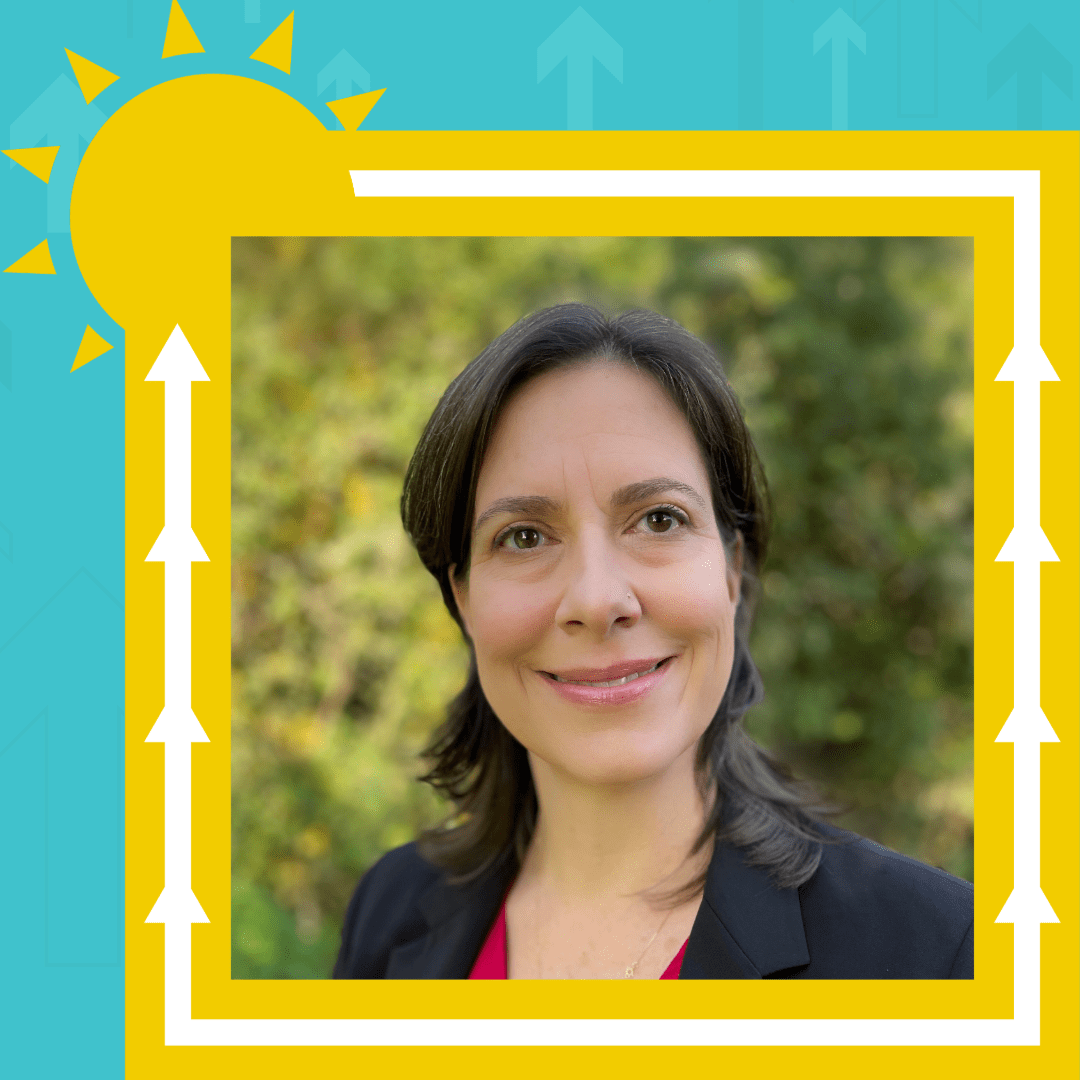
Dr. Cristina Rumbaitis del Rio
Senior Advisor on Adaptation and Resilience
UN Foundation
Dr. Cristina Rumbaitis del Rio is a Senior Advisor on Adaptation and Resilience for the UN Foundation.
She has over 20 years of experience designing and implementing climate change adaptation initiatives with organizations such as the Rockefeller Foundation, the World Resources Institute, and the Global Commission on Adaptation, where she led the development of impact initiatives on locally-led adaptation, agriculture, and food security, among other issues.
She was the Regional Programme manager for Action on Climate Today, a UK supported climate change program that mainstreamed resilience into planning and budgeting at the national and sub-national level in India, Pakistan, Nepal, Bangladesh, and Afghanistan. Cristina has a Doctorate in Ecology.
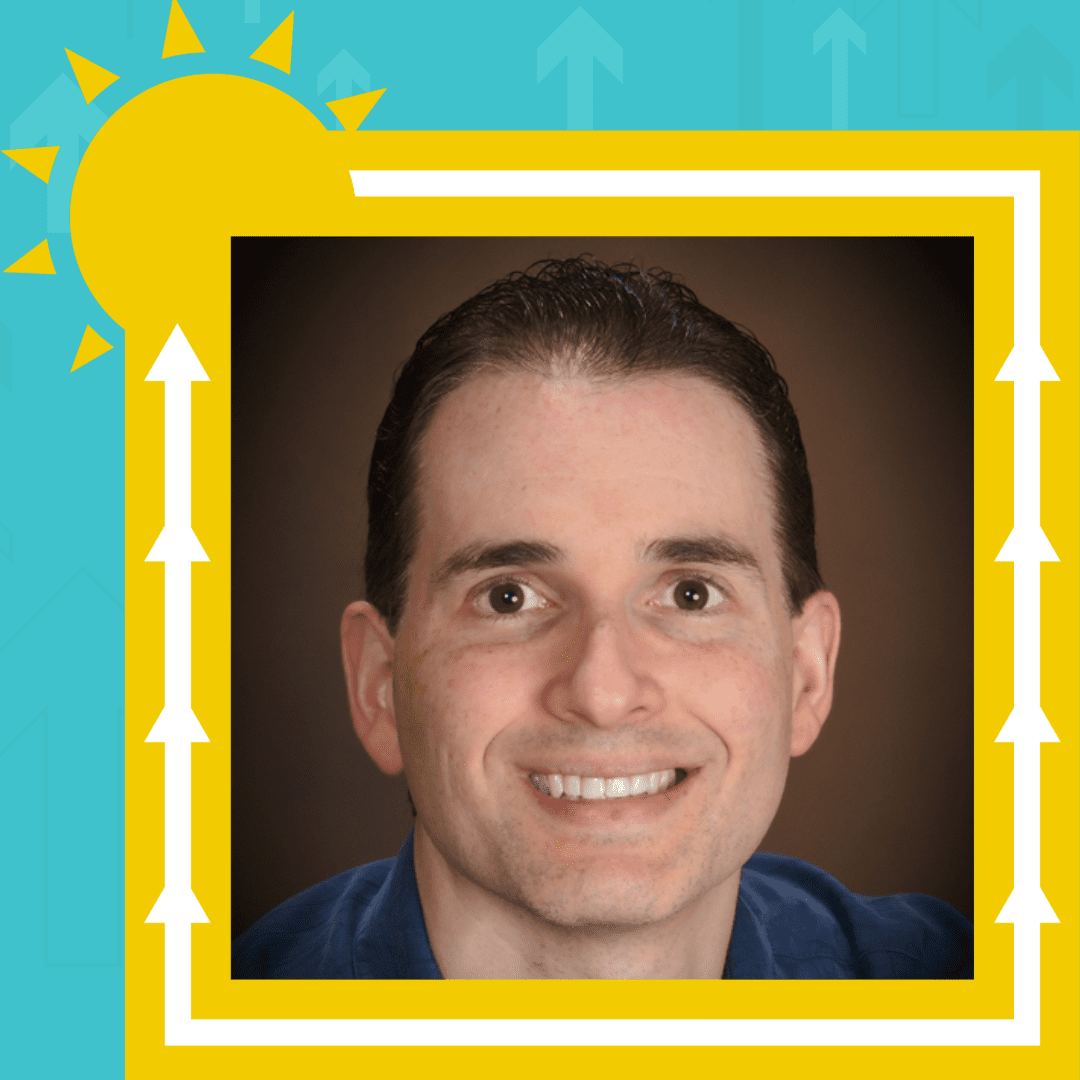
Staff Scientist and Leader of the Heat Island Group
Lawrence Berkeley National Laboratory (LBNL)
Dr. Ronnen Levinson is a Staff Scientist and Leader of the Heat Island Group at Lawrence Berkeley National Laboratory (LBNL) in Berkeley, California, where he develops cool roof, wall, and pavement materials; improves methods for the measurement of solar reflectance; quantifies the energy and environmental benefits of cool surfaces; and promotes resilient cooling of people, buildings, cities, and the planet.
He serves on the boards and technical committees of the Cool Roof Rating Council and the Global Cool Cities Alliance, and advises policymakers, code officials, utilities, and building rating programs about cool surfaces. He holds a B.S. in engineering physics from Cornell University and an M.S. and a Ph.D. in mechanical engineering from the University of California at Berkeley.
He has authored or co-authored over 140 publications, serves as an Associate Editor for Energy & Buildings and a Guest Editor for Nature Scientific Reports, and sits on the editorial boards of Energy & Buildings, Solar Energy Advances, and Nature Scientific Reports. He received the 2016 Marty Hastings Award for outstanding contributions to the Cool Roof Rating Council, and a 2016 R&D 100 Award for invention of the Cool Roof Time Machine.
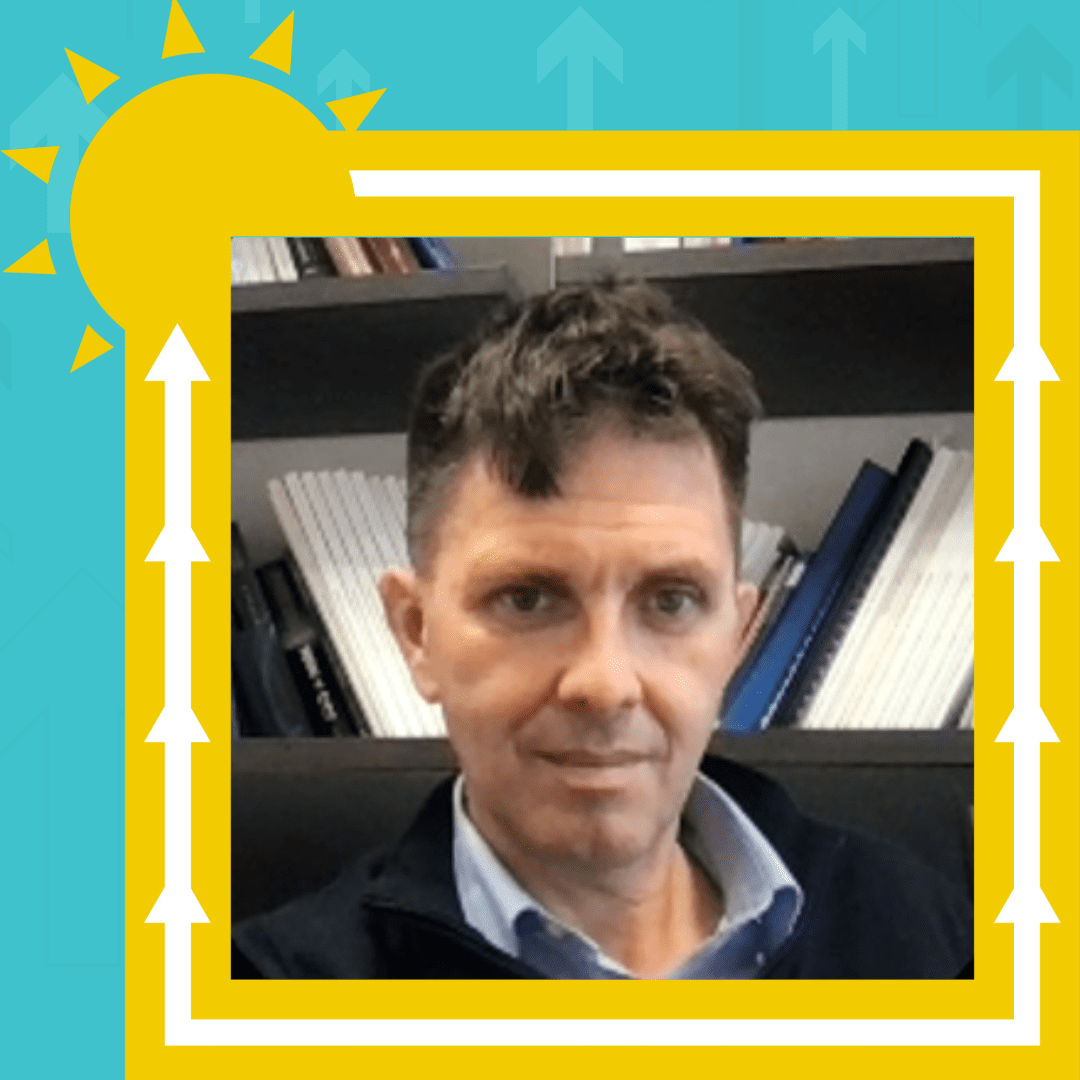
Full Professor of Environmental Applied Physics (Fisica Tecnica Ambientale)
Department of Engineering, University of Perugia, Italy
Since 2016, Dr. Federico Rossi is Full Professor of Environmental Applied Physics (Fisica Tecnica Ambientale) at the Department of Engineering, University of Perugia, Italy. Prof. Federico Rossi is author of 333 scientific papers, also in major international peer-reviewed scientific journals. He has been included in the “World’s 2% top scientist by Stanford University” in 2021.
Research Topics: Applied acoustics and active noise control, Heat transfer, Fuel cells, Hydrogen, Innovative transports, Renewables, Gas hydrates, Energy storage, Energy efficiency and buildings energy saving, Global warming and Urban Heat Island (UHI).
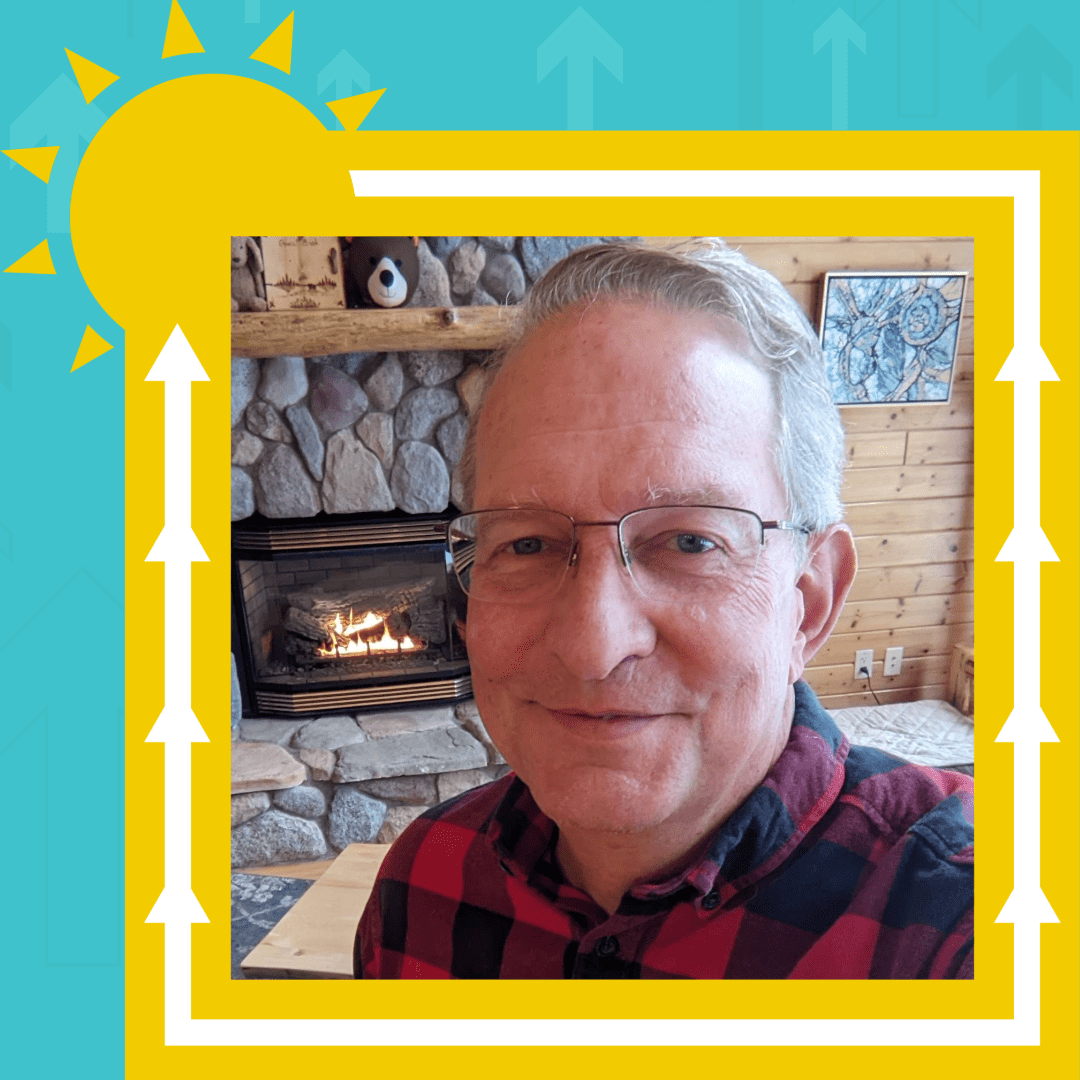
Technical Working Group Lead
Shine On Initiative
Dr. Frank Klink earned his PhD in chemical engineering from Case Western Reserve University in 1985. He spent 34 years at 3M in various businesses, working in R&D and operations roles.
From 2004 until retiring in 2019 he served as Division Laboratory Director of the Industrial Mineral Products Division (IMPD). During this period, IMPD commercialized numerous new products, including the first cool roofing granules enabling cool asphalt shingles, highly reflective granules for commercial roofing, and Smog-Reducing Granules, the latter recognized by Time Magazine as one of the 50 Best Inventions of 2018.
In retirement Frank has stayed active with the CRRC, where he recently chaired the Education Committee and currently serves as Secretary on their Board of Directors. In addition to the CRRC, Frank has also been active with the U.S. Cool Surfaces Deployment plan and with Climate Resolve’s Shine On Initiative, where he currently serves as the Technical Working Group Lead.
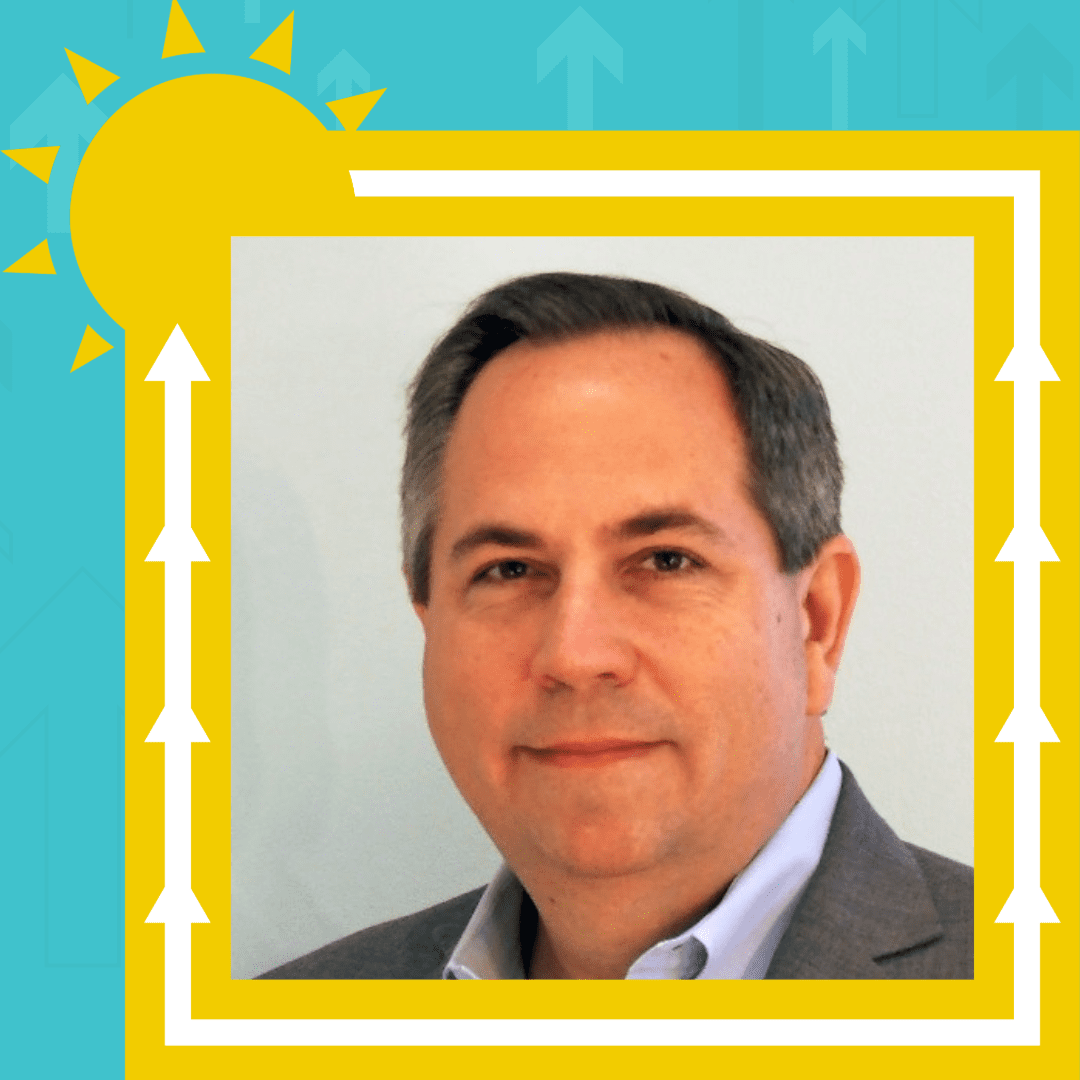
Principal Research Scientist Concrete Sustainability Hub
MIT
Dr. Kirchain is a Principal Research Scientist at the Massachusetts Institute of Technology. Their research and teaching explore the impact of materials-technology decisions on the economic and environmental performance of the products into which those materials are transformed and the systems in which they are produced, used, and eventually discarded.
Dr. Kirchain received an S.B. in Materials Science & Engineering from the Georgia Institute of Technology and his Ph.D., also in Materials Science & Engineering, from MIT.
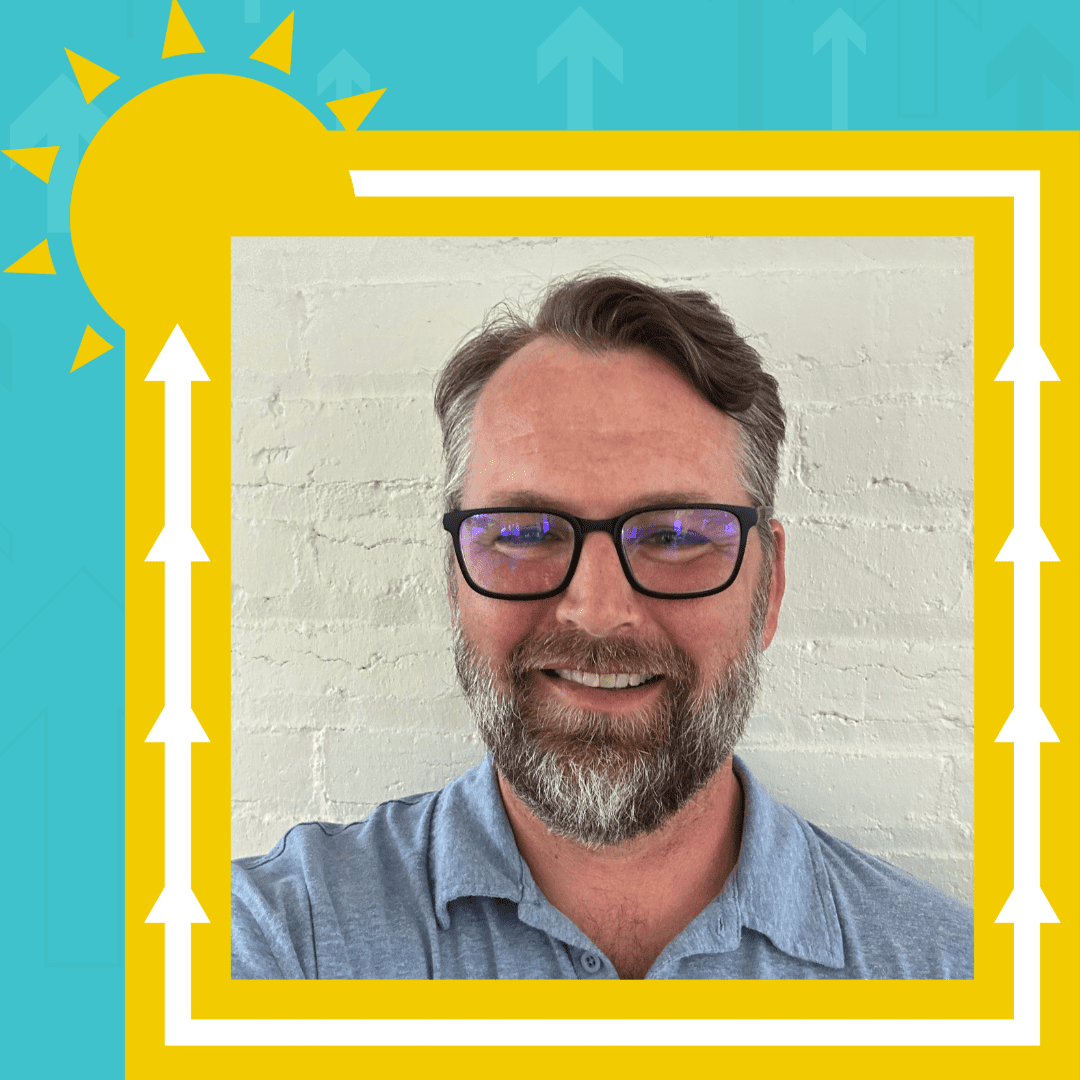
Editor, White Paper Working Group
Shine On Initiative
Kurt is the editor and a co-author of the Shine on White Paper. He is the Founder of KS Advisory and a Senior Fellow at World Resources Institute and has been working on the challenges of building heat resilience since 2011.
He was the Director of Extreme Heat Initiatives at the Rockefeller Foundation Resilience Center, where he worked on developing health based early warning systems for heat and tools for city officials to design and implement effective and inclusive heat action.
Prior to that, he was Executive Director of the Global Cool Cities Alliance where he worked to support heat resilience in dozens of cities, and build supportive policy and markets with national governments and international organizations including the Workd Bank, IFC, APEC and The United Nations.
Moderator
Case Study: Building a Cool Surface Community Project in Los Angeles

Ms. Axum Teferra
Sr. Associate Director
Clean Cooling Collaborative
Axum Teferra is Sr. Associate Director of the Clean Cooling Collaborative, an initiative of ClimateWorks Foundation focused on transforming the cooling sector and making efficient, climate-friendly cooling for all a reality. Her work focuses on strategy development, managing cross-cutting portfolio areas, and overseeing program impact and learning.
Prior to joining ClimateWorks, Axum spent several years overseeing efficiency, renewable energy and electrification programs in state and regional government.
She holds an MA in Urban and Environmental Policy and Planning from Tufts University and a BS in Environmental Conservation from Texas Tech University.
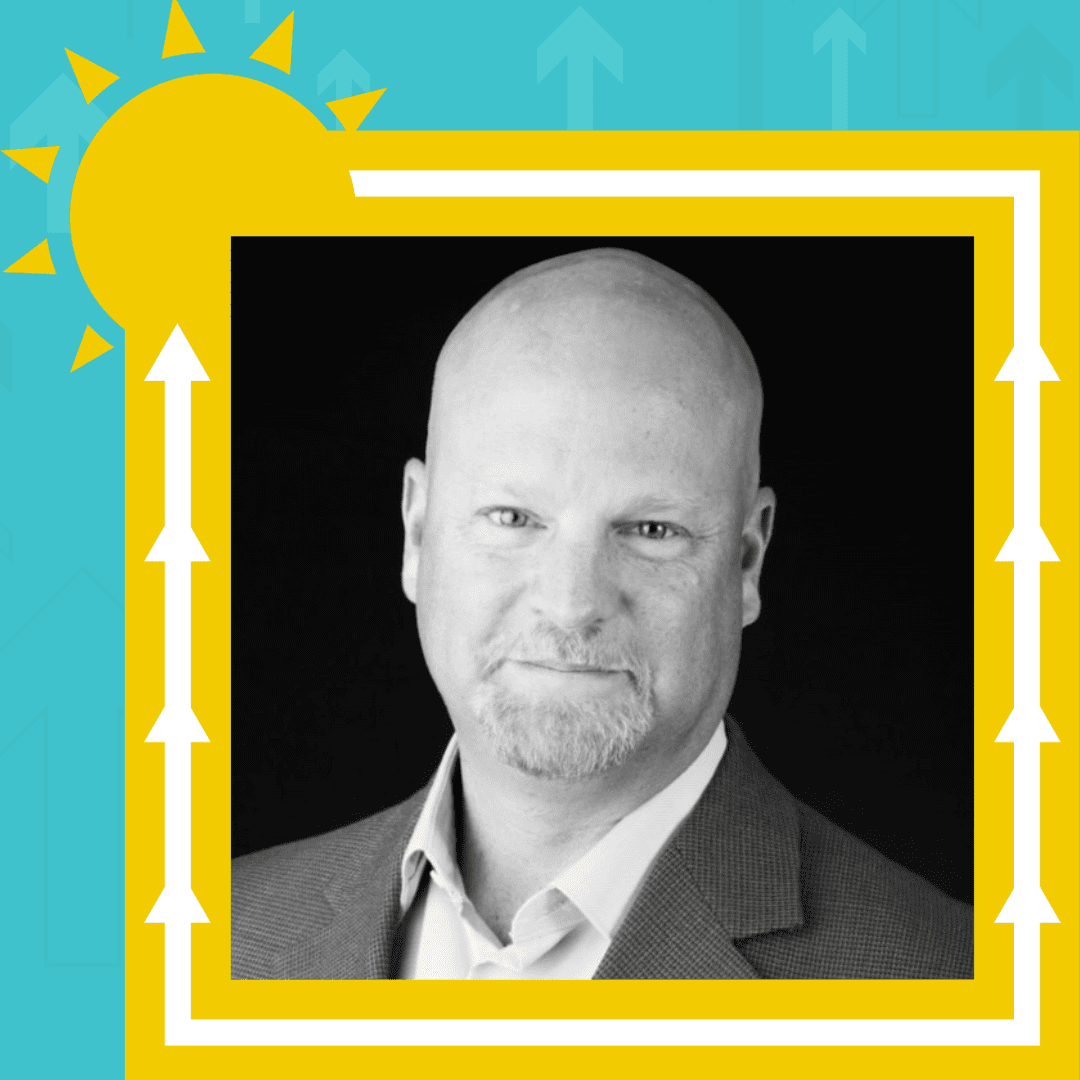
Vice President, Corporate Social Responsibility & Sustainability
GAF
Jeff Terry serves as Vice President, Corporate Social Responsibility & Sustainability at GAF, North America’s largest roofing and waterproofing manufacturer, leading the development and implementation of the company’s long-term Sustainability and Corporate Social Responsibility strategy for GAF’s enterprise priority focus on Social Impact. In this role, Jeff drives environmental sustainability and community engagement efforts that reinforce GAF’s value of making a lasting impact in the communities in which the company operates both every day and in times of great need. Jeff leads GAF Community Matters and the GAF Cool Community initiative.
With 30 years of relevant experience, Jeff has worked successfully with organizations and their stakeholders to weave enterprise-wide CSR and sustainability processes and initiatives into the fabric of corporate business strategy. Prior to joining GAF, Jeff served in a dual role at Amway Corporation as the Global Head of Corporate Social Responsibility and Director of Integrated Marketing Communications. During his tenure, Jeff instituted the first CSR and sustainability goals for operations and product development and developed global initiatives to fight childhood malnutrition throughout Africa, Asia and the Americas. With a career in sustainability spanning more than 25 years, Jeff also held roles with Sears Holdings Corporation, Cone Communications, and Whirlpool Corporation.
Jeff has worked at the intersection where societal issue meets the marketplace and thrives in developing the multi-sector solutions to help meet the challenges of today and tomorrow. A nationally-recognized speaker on CSR and sustainability, Jeff has presented to the United Nations, as well as at many global conferences. He holds a Bachelor of Science and a Master of Science in Applied Economics from Clemson University.

Organizing Manager
Pacoima Beautiful
Melanie Paola earned her bachelor’s degrees in Sociology and Chicanx Studies from Cal State University Northridge, gaining insight into the impact of environmental disparities on her community. This experience inspired her to become a community organizer focused on social change and environmental justice.
Melanie recently led community engagement and outreach efforts for the GAF Cool Community Project-Pacoima, which addresses the urban heat island effect in one of Los Angeles’s hottest neighborhoods. The project aims to reduce heat-related health issues and lower surface temperatures through effective cooling strategies.
Melanie is passionate about this cooling project as it combines her commitment to environmental justice and her love for community art. The visual component of the project, including a community mural, plays a crucial role in making environmental issues tangible and engaging for residents. It helps raise awareness and educate the community about extreme heat while fostering artistic expression. The project’s goal is to use these strategies as a model for other communities and enhance understanding of the environmental and health impacts of extreme heat. Melanie remains dedicated to enhancing leadership and knowledge in the Northeast San Fernando Valley to drive impactful community solutions.

Director of Efficiency Solutions
Los Angeles Department of Water & Power (LADWP)
David Jacot, P.E., is the Director of Distributed Energy Solutions (DES) for the Los Angeles Department of Water & Power (LADWP).
DES includes energy efficiency, building electrification, demand response, local solar, and distributed energy storage. LADWP operates the largest public power portfolio of energy efficiency programs in the nation, comprised of a broad array of energy resource acquisition and market transformation programs serving LADWP’s customers and mid/upstream contractor/vendor networks, with a strong emphasis on supporting the Construction Trades wherever possible. In this role, David oversees all aspects of LADWP’s offerings and strategies designed to overcome market barriers to the comprehensive adoption of energy efficiency and other distributed energy resources (DER) by LADWP’s customers in order to facilitate LADWP’s transition to a 100% decarbonized grid by 2035.
David also oversees the integration of electric, gas, and water efficiency programs through a nation-leading joint program partnership with the natural gas utility serving Los Angeles, the Southern California Gas Company. Finally, David manages LADWP’s energy and water efficiency labs, hand-on demonstration facilities, and emerging technology assessment and commercialization efforts at the La Kretz Innovation Campus, home of the world-renowned Los Angeles Cleantech Incubator.
David has a Bachelor’s degree in Mechanical Engineering from the University of Oklahoma, and a Master’s degree in Urban and Regional Planning from California State Polytechnic University – Pomona, as well as 20+ years of experience designing high performance building systems, optimizing building energy usage, and managing cost-effective and investment-grade demand-side resource programs.

Senior Technical Manager
Climate Resolve
Kris Eclarino is the Senior Technical Manager at Climate Resolve, an environmental non-profit in Los Angeles. He utilizes his technical research background by using R, STATA, and ArcGIS to analyze downscaled climate change projections to produce maps, spreadsheets, and graphs. In collaboration with Haider Taha and Pacoima Beautiful, he was part of the design and implementation of the Cool Neighborhoods in Pacoima project.
Kris collaborated with project partners to design the project’s Urban Heat Island Research Plan and led on-the-ground data collection by installing mobile sensors onto a golf cart to capture key measurements in the project area. Findings from this research have shown cool pavements reducing ambient air temperatures by as much as 3.5°F during extreme heat events and a 25-50% reduction in the local census-tract urban heat island effect during temperature peaks.
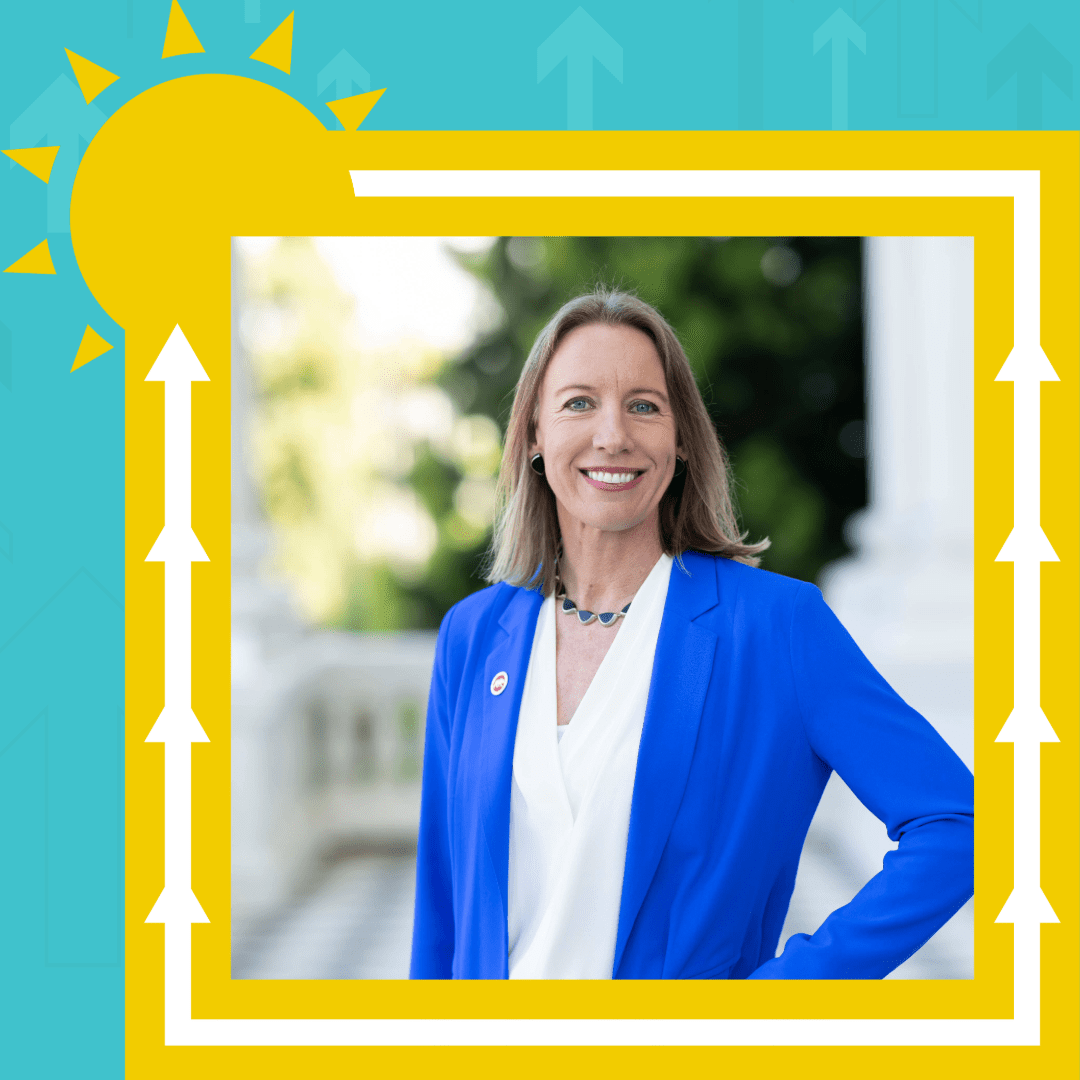
Senator Catherine Blakespear
Representing California Senate District 38
Catherine Blakespear was elected in 2022 as the state senator for the 38th District, which represents northern San Diego County and southern Orange County. She previously served eight years in local government – six years as the Encinitas Mayor and two on the Encinitas City Council.
In her first year in the Senate, Blakespear focused on increasing the affordability and availability of housing, improving public transportation infrastructure, preventing gun violence, protecting the environment and countering climate change.
Blakespear sits on the Senate’s committees on housing, human services and transportation. She is also on the Budget and Fiscal Review Committee and Budget Subcommittee 2 on Resources, Environmental Protection and Energy. She is Chair of the Senate Committee on Elections and Constitutional Amendments and Chair of the Senate Transportation Subcommittee on LOSSAN Rail Corridor Resiliency, which is tasked with improving support for the 351-mile rail line that runs from San Diego to San Luis Obispo and faces climate change threats.
Blakespear authored six bills in 2023 that were passed by the Legislature and signed into law by the Governor. In addition, she hosted and attended dozens of events in District 38 to raise awareness about critical issues, engage communities she represents and celebrate accomplished individuals and businesses. Her Ending Homeless Summit in October 2023, for instance, brought together leading policymakers and experts in homelessness to find solutions to this humanitarian crisis.
Blakespear has been a champion of women’s reproductive rights since before entering public life and is proud to be 100 percent pro-choice, 100 percent of the time.
A lawyer and former journalist, Blakespear lives with her husband and two teenagers in Encinitas.

